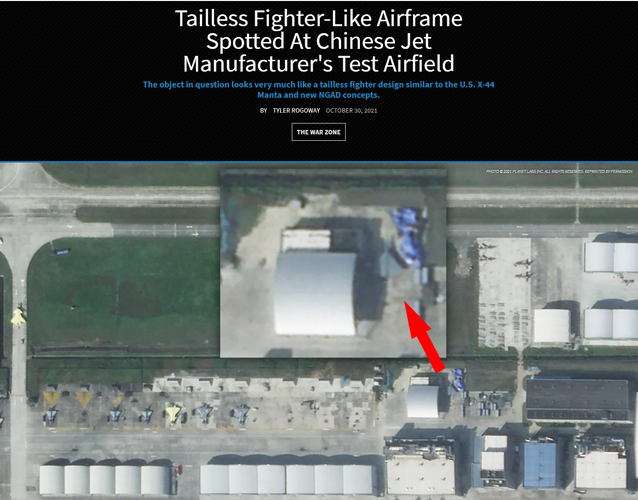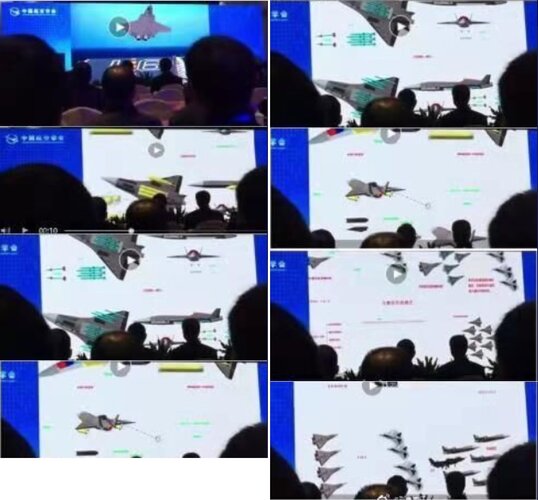China Bets On Variety Of Large Fighter Aircraft
Bradley Perrett March 07, 2022
China has a heavy fighter force, and it is getting heavier. The bulk of Chinese fighter acquisition funding is pouring into production lines for large, long-range aircraft that suit western Pacific distances.
But the air force and naval aviation branch fighter fleets are badly fragmented, and no fewer than five major designs are currently in production for them. They are the Avic Chengdu J-10C and J-20A and the Avic Shenyang J-11, J-15 and J-16; the first two are fully indigenous, and the others are developments of the Sukhoi Su-27 Flanker.
Evidence points to upcoming advances in the form of new J-10 and J-20 versions and, for the navy, an operational development of the Shenyang FC-31 fighter demonstrator. Although China is a great enthusiast for the long-legged Flanker, there is little sign of it working on future versions—yet the possibility of their appearance cannot be ruled out.
Introduction of new fighter designs will hardly help maintenance and logistics organizations, even as they are relieved of the burden of supporting obsolete Chengdu J-7s and Shenyang J-8s, perhaps around 2026.
China’s bias toward heavy fighters shows up in the balance of designs it has in production, the balance of output numbers and, most decisively, the evident balance of funding.
Of five production designs, only one, the J-10C, is not a heavyweight[...]
And J-10s, medium-weight fighters only about 10% bigger than Lockheed Martin F-16s, should not be expensive. If aircraft empty weight is taken as an index of unit cost, China applied only 18% of fighter production funding to the J-10 program in 2021—and that is probably an overestimate, since the stealthy J-20 is likely to be disproportionately expensive for its size.[...]
Probably all fighters in production for the Chinese air force now have AESA radars, raising the possibility, but hardly proving, that the avionics are comparable to such foreign designs as the Boeing F/A-18E/F Block II Super Hornet, which entered service in 2005. The J-15 apparently still uses a mechanically scanned array, but the expected FC-31 derivative should replace that shipboard Flanker and will surely have an AESA.
Shenyang used company funding to design the FC-31 (also called the J-31) as a technology demonstrator, but an industry source said in 2018 that the project was then receiving government money to develop it as a naval fighter.
The air force was also interested in it, the source said. However, there has been no confirmation of a version for that service, which obviously rejected it around a decade ago.
The air force presumably thought then that it had enough variation in its fleet already and better things to do with its money and that it could wait for something better than the FC-31 as a successor to the J-10.
That something should be the fighter that Chengdu designer Wang Haifeng has said will be in service by 2035. His timing suggests a prototype should appear this decade. Although it is likely to replace the J-10 in production, the new type need not be in the same weight class.


 www.thedrive.com
www.thedrive.com





